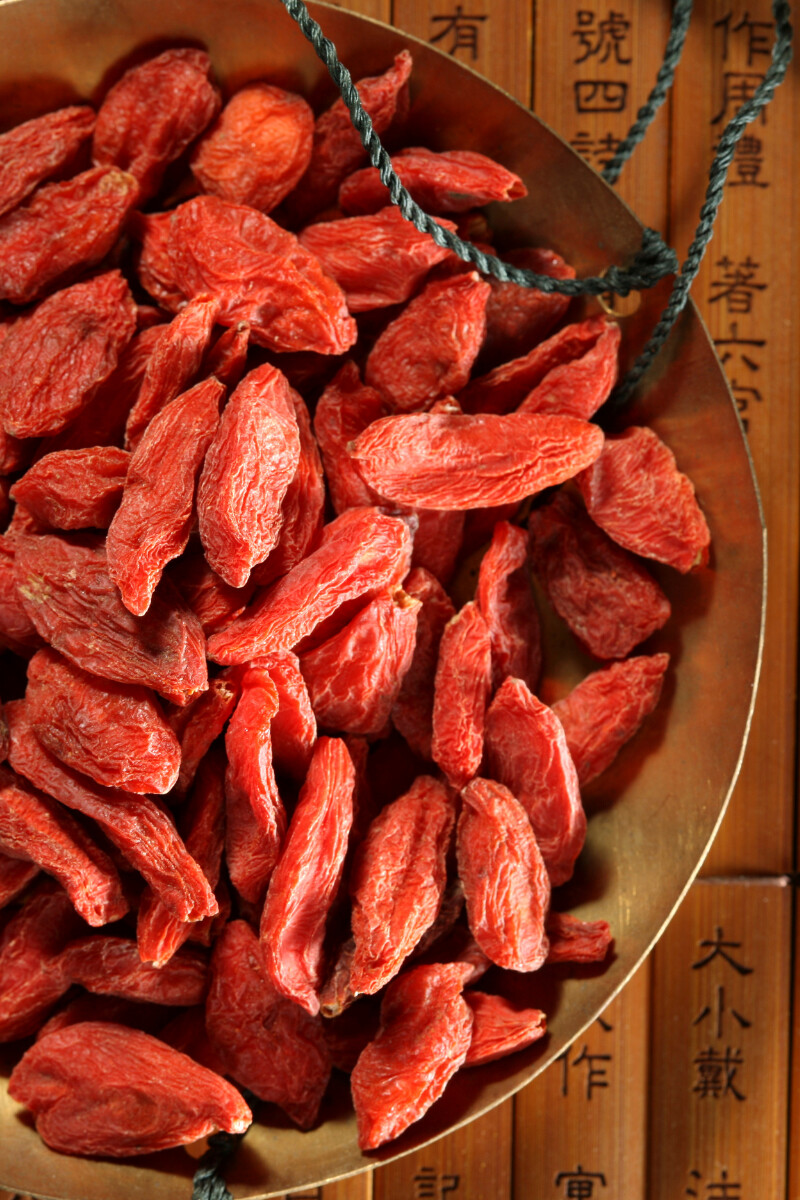
- Ancient Chinese medical texts extolled wolfberries for strengthening the eyes, liver, and kidneys as well as fortifying the "qi" (chi), or life force.*
- An early medical work, Shen Nung Ben Tsao (475–221 B.C.), sited benefits for wolfberries ranging from replenishing vital essences to strengthening and restoring major organs.*
- The physician's handbook, Ben Cao Gang Mu, written during the Ming Dynasty (1368–1644 A.D.), stated, “Taking in Chinese wolfberry regularly may regulate the flow of vital energy and strengthen the physique, which can lead to longevity.”
- According to other ancient Chinese texts, wolfberries:
- Nourish the yin
- Support the blood, kidneys, and liver*
- Strengthen the eyes*
- Fortify muscles and bones*
Wolfberry—A National Treasure in China
The good health and vitality of the elderly in Ningxia, China, has long been attributed to wolfberries. A bowl of fresh wolfberries a day is part of daily life in Ningxia. And a yearly two-week festival in Ningxia celebrates the wolfberry and the amazing health benefits of the fruit, which is considered a national treasure.
The good health and vitality of the elderly in Ningxia, China, has long been attributed to wolfberries. A bowl of fresh wolfberries a day is part of daily life in Ningxia. And a yearly two-week festival in Ningxia celebrates the wolfberry and the amazing health benefits of the fruit, which is considered a national treasure.
We will talk about the Ancient Traditions in the next post!










0 Comments